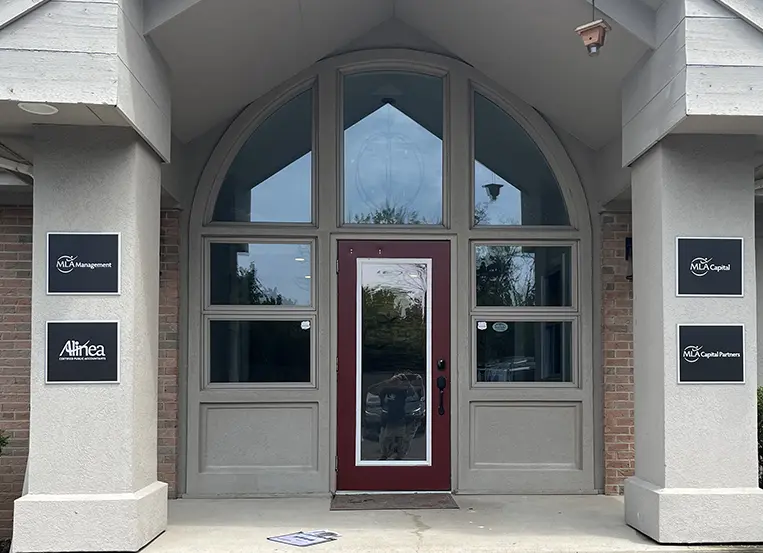The talent war has resumed among CPA firms vying for top candidates. During the recession, most firms focused their resources on the struggle to maintain a stable client base. Hiring was sluggish, and companies therefore did not have to worry much about losing their top performers to competitors. As the economy improves, firms are shifting their focus from mere survival to future growth, which requires them to attract and retain qualified staff.
In addition to the subjective talent that is lost when employees leave, turnover is an expensive process for firms. A study conducted by Cornell University estimated that the average cost per turnover ranges from 30 percent of the annual salary for that position when the employee is paid hourly. Expenses associated with turnover include the cost of advertising open positions, paying someone to train new hires, and lost productivity as new hires are on-boarded. With many firms experiencing an average turnover rate of up to 25 percent per year, it is clear that retaining talented employees enhances a firm’s bottom line.
As competition for talented candidates increases, how may CPA firms foster loyalty in their workforces and reduce the costs associated with a high turnover rate? It is crucial to prioritize an organization’s people as an integral part of its mission, with a focus on employee development and recognition for strong performance. Here are some strategies to keep in mind:
- Develop a team mentality amongst your workforce by establishing goals for the firm. Employees thrive on the knowledge that they are valuable to the organization. By clearly communicating the firm’s goals to employees at all levels and explaining how the employees are integral to advancing those goals, all members of the workforce will feel that they are part of a team, working towards a common objective. Engage with employees by discerning their individual career objectives, and link those objectives to the broader goals of the firm.
- Consider implementing a reward system for meeting goals. Many firms take a pay-for-performance approach under which a portion of employees’ salaries or bonuses is tied to achievement of individual and firm goals. Such a system requires an employer to have a clear understanding of its own mission and goals so that it may reward employees who strive to fulfill them. Organizations also must understand what motivates employees. Managers may glean this information by hosting one-on-one mentoring sessions and encouraging employees to express their needs, goals, and desires during new hire orientations as well as staff meetings.
- Provide plenty of training and development opportunities for employees. The Cornell University study indicated that a lack of opportunity for career development was a primary driver leading employees to voluntarily resign. In addition, a 2006 study by the AICPA – PCPS found that in choosing a firm, top candidates valued growth opportunities and paid time off approximately as much as they valued salary. High-performing employees chose to remain with their firms based primarily on respect for the organization’s mission statement, growth opportunities, and salary. Internal training programs are a mutually beneficial investment for both employers and employees: they demonstrate the employer’s commitment to the employee, thus helping employees feel valuable and more engaged with the organization, and by endowing employees with the latest skills necessary to excel in their positions and serve the organization, employers benefit. Online courses are a cost-effective option, making them a particularly convenient choice for smaller firms, and enable employees to learn on their own schedules.
Given that CPAs occupy a knowledge profession, a firm’s future success may depend on its retention of highly skilled, top performing employees. Investing in employees should be a key part of a firm’s mission year-round and should not be delayed until after the busy season, as many firms often do. By creating a team environment in which employees are provided with the training they need to attain firm and personal goals and are rewarded for reaching those goals, firms may reduce the costly turnover that occurs when employees resign in favor of more attractive opportunities.
———-
CBR is a HR Outsourcing provider using services and technology to improve the workforce performance of growing businesses. CBR has been in business for 17 years and manages thousands of employees on behalf of our customers in a variety of industries and geographies. Basic services include Payroll Administration and Processing, HR Administration, Benefit Administration (as well as access to Benefit programs such as Healthcare and 401k) and Risk Management. Extended services address Workforce Performance including administration of selection tools for new hires, recruiting, assessment of current employees, Learning Management including content and Performance Management including content. For more information on CBR, visit the CBR website at www.cbri.com.
Thanks for reading CPA Practice Advisor!
Subscribe Already registered? Log In
Need more information? Read the FAQs
Tags: Firm Management, Human Resources, Technology




